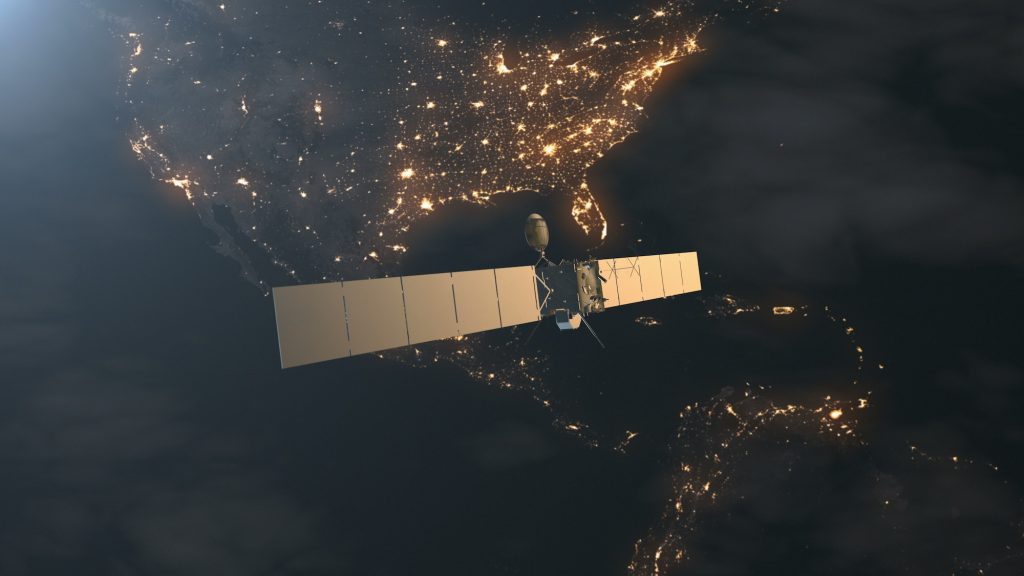
































An international agreement has been reached on new frequency bands proposed by Japan for use in high-altitude platform stations (HAPS), an emerging telecommunications technology. These platforms, utilising unmanned aircraft in the stratosphere, are set to revolutionise connectivity worldwide. The key development? An agreement on new frequency bands that will significantly expand mobile coverage to areas with limited access to telecommunications.
HAPS, essentially unmanned aircraft functioning as telecommunications base stations in the stratosphere, have the potential to redefine how we connect globally. By emitting radio waves from approximately 20 kilometres above ground level, these stations promise far-reaching and robust connectivity.
The recent identification of new spectrum resources is poised to catalyze the advancement of HAPS technology. With updated regulations slated for enforcement by 2025, these platforms aim to surpass the limitations of traditional ground-based stations. Their ability to emit radio waves from such heights could bridge the digital divide, bringing mobile phone access to even the most remote regions.
At the World Radiocommunication, Japan's proposal for new frequency bands dedicated to HAPS received unanimous support.
 Hot Tags :
Telecommunications infrastructure
Infrastructure
Hot Tags :
Telecommunications infrastructure
Infrastructure